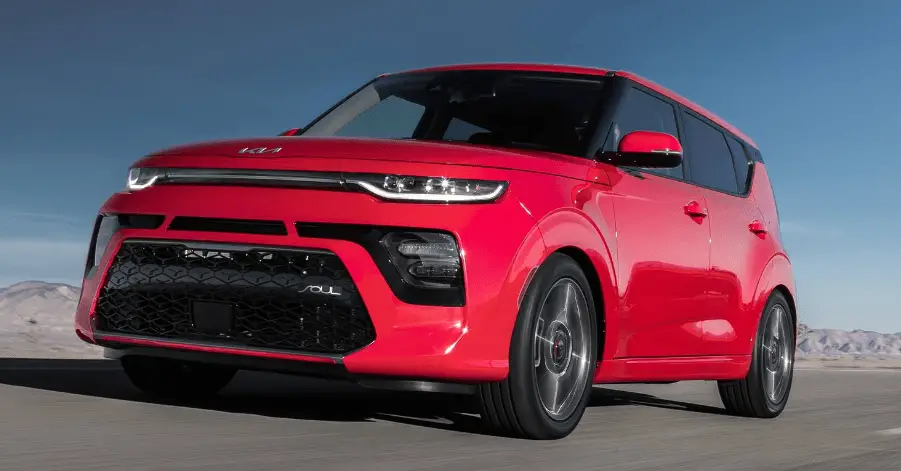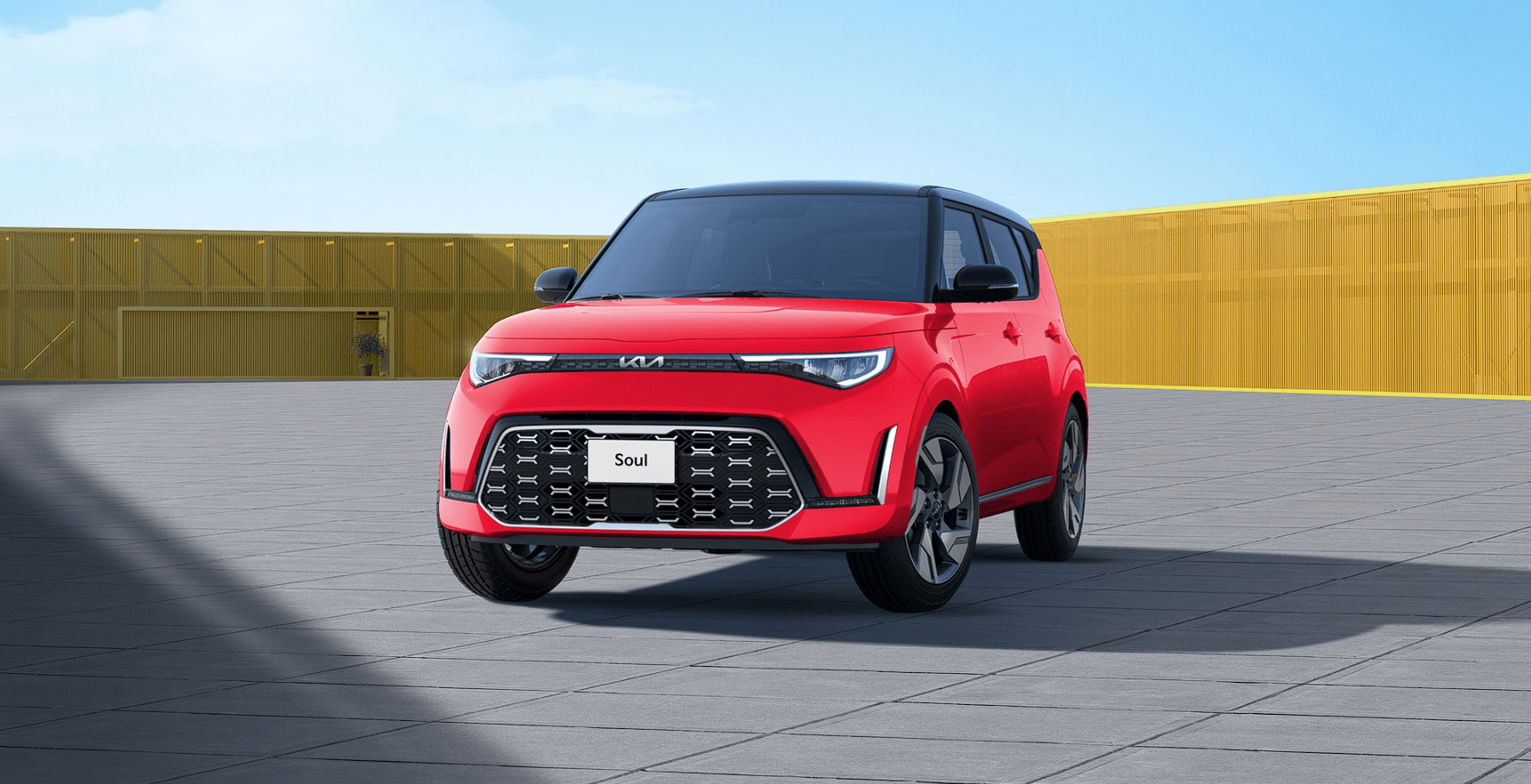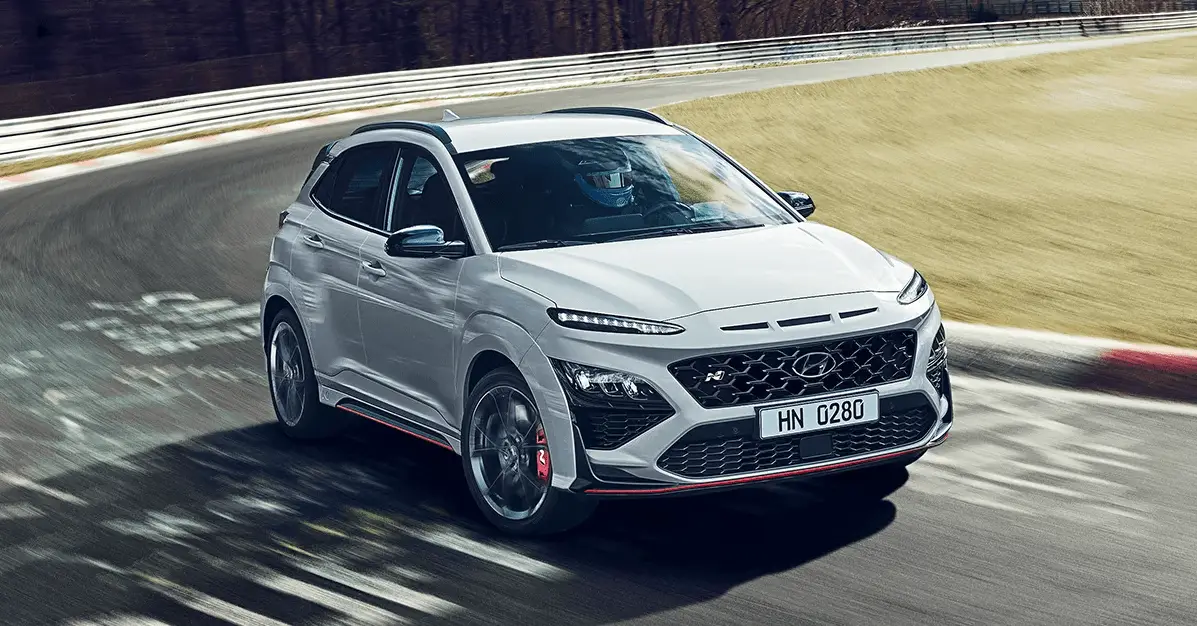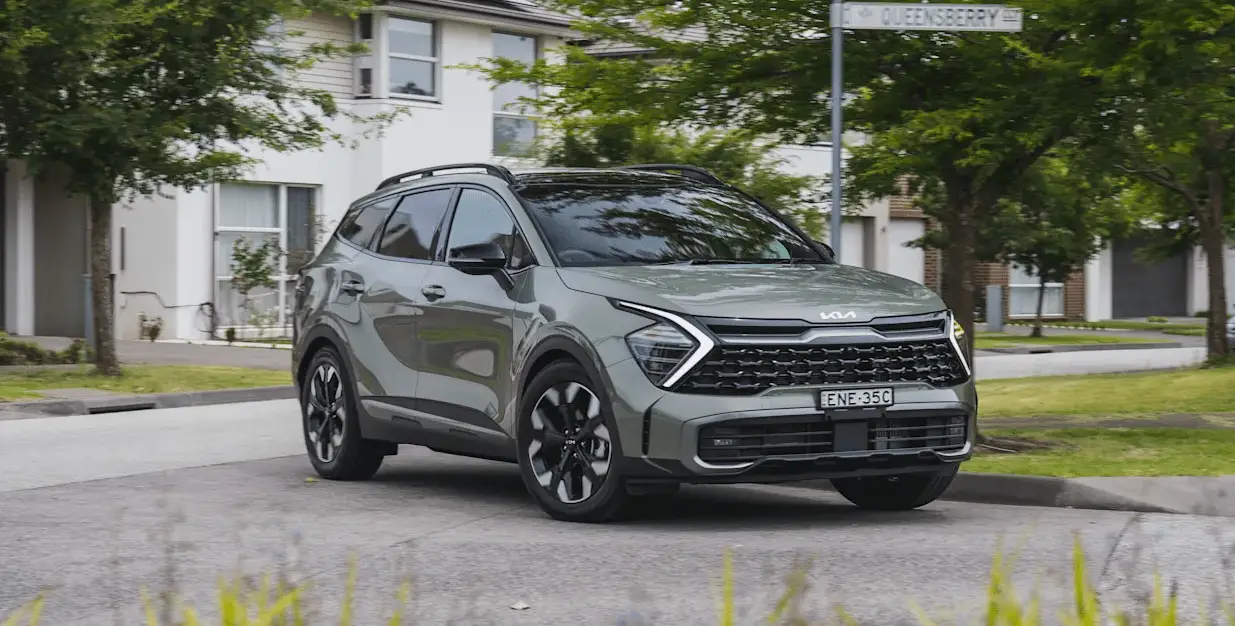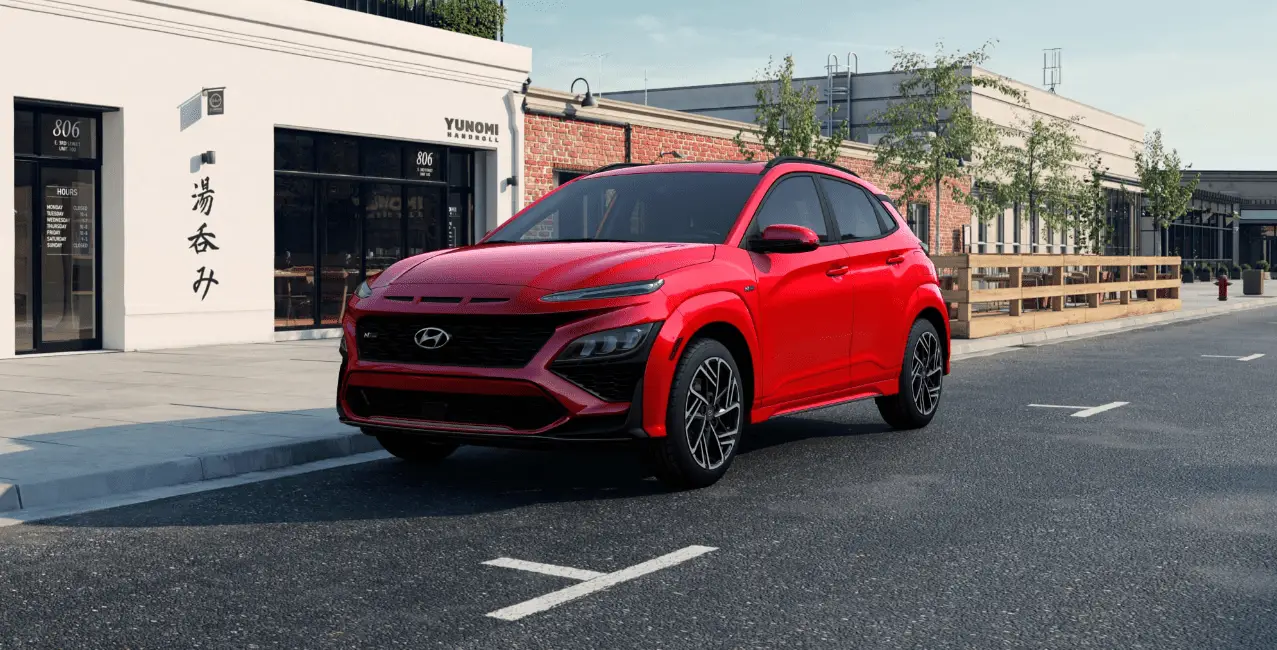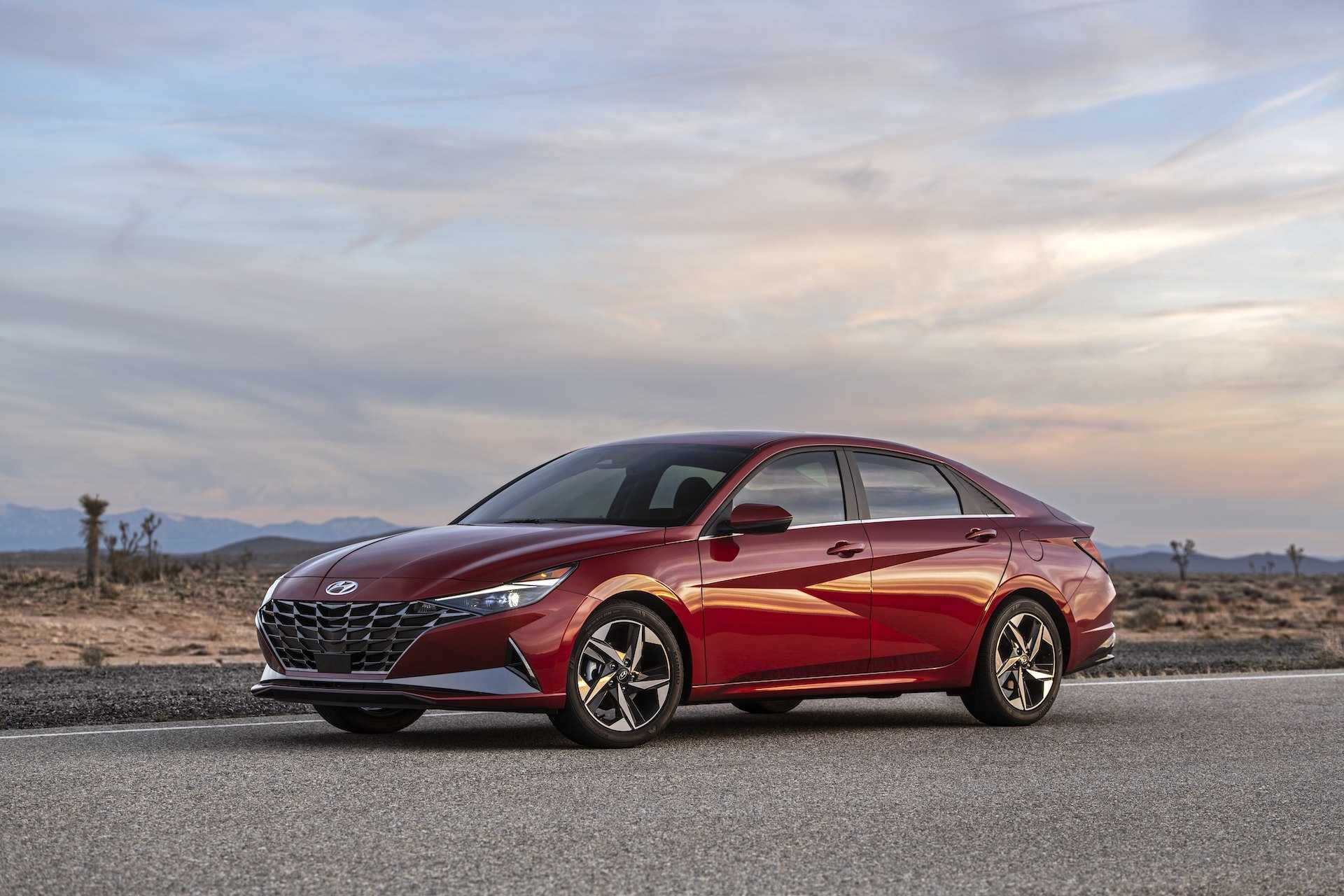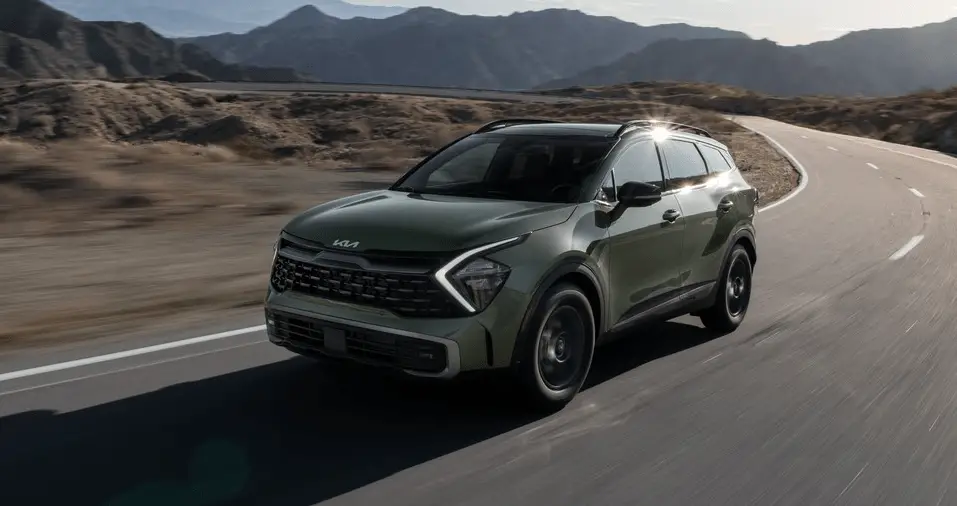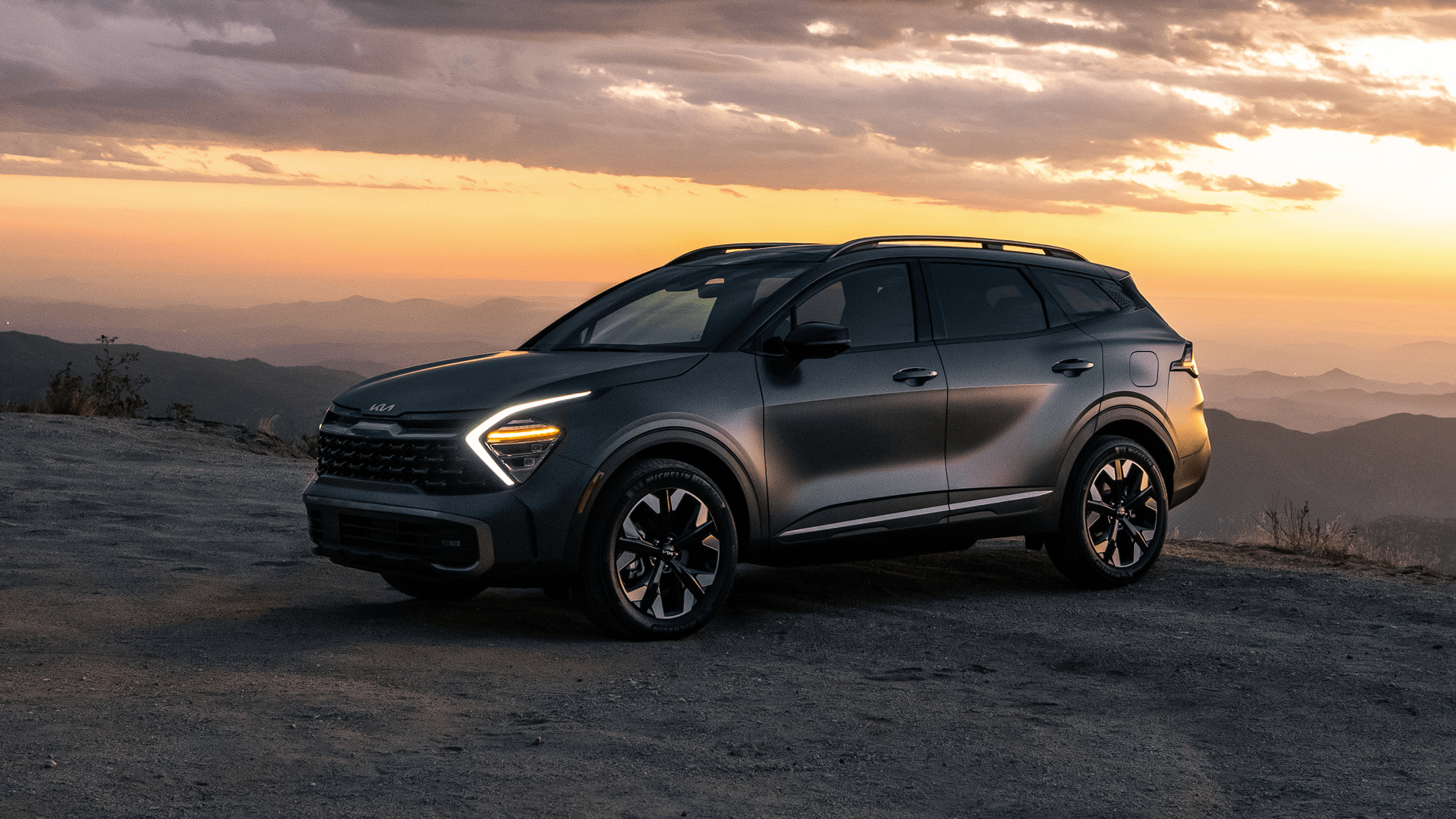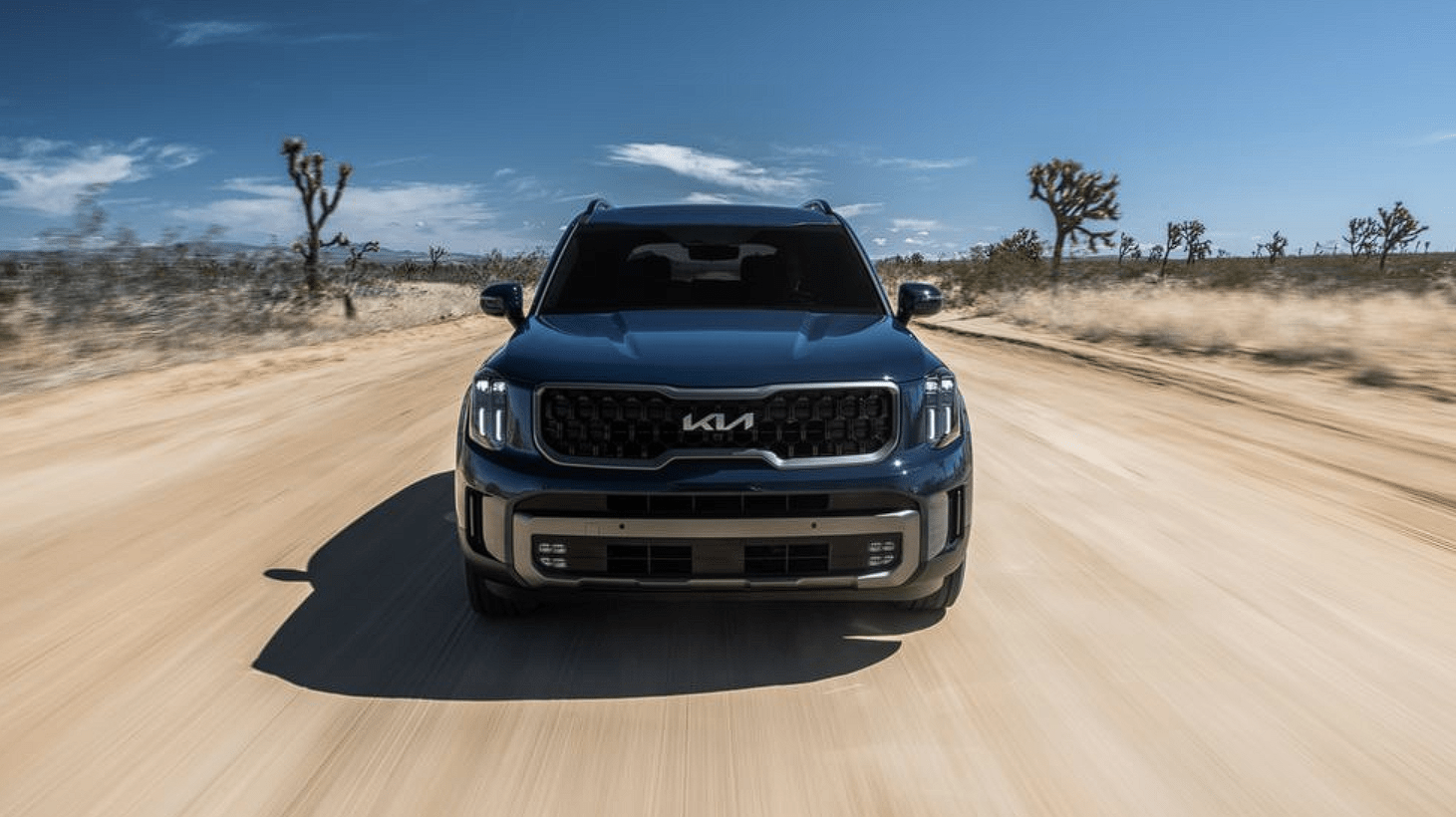Kia Soul 2022 Emission Control System User Manual Introduction A cutting-edge emission control system is included in the Kia Soul 2022 to lessen harmful pollutants and guarantee adherence to environmental regulations. This system is essential for keeping the vehicle efficient and reducing its impact on the environment. The emission control system for the Kia Soul […]
